- Please choose product options by visiting Spanish Moss Air Plant.
Philodendron Squamiferum, Red Bristle Philodendron
Original price was: ₹349.00.₹99.00Current price is: ₹99.00.
9 in stock
Selling size: Single Plant | 2.5″ Pot Included
The Philodendron squamiferum, also known as the Red Bristle Philodendron or “hairy” Philodendron, is a striking tropical plant prized for its unique appearance and relatively easy care.
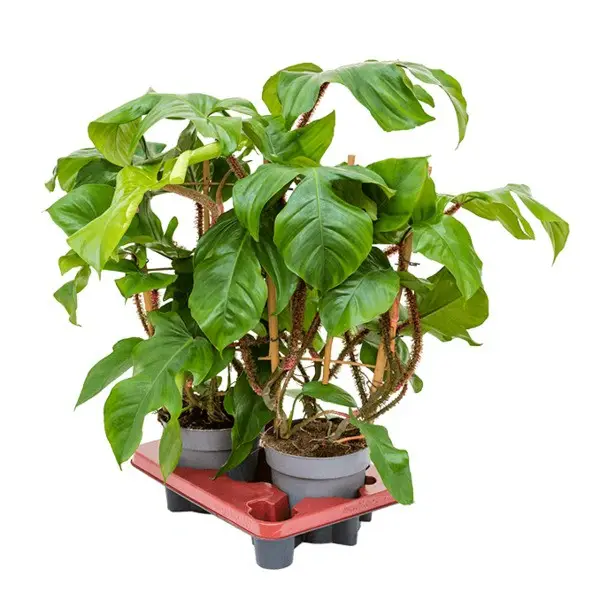 Here’s a comprehensive guide to keeping your Philodendron squamiferum, Red Bristle Philodendron thriving in India:
Here’s a comprehensive guide to keeping your Philodendron squamiferum, Red Bristle Philodendron thriving in India:
Light
- Bright, indirect light is ideal. Mimic the dappled sunlight it receives under the rainforest canopy.
- Avoid direct sunlight, especially during the harsh Indian summer, as it can scorch the leaves. An east or west-facing window with a sheer curtain is perfect.
- Medium light is tolerated, but growth may be slower, and leaves might be smaller.
Watering
- Allow the top inch (2-3 cm) of the soil to dry out before watering again. In India’s warmer months, you might need to water more frequently than in the cooler seasons.
- Water thoroughly until excess water drains from the bottom of the pot. Ensure your pot has drainage holes to prevent waterlogging, which can lead to root rot.
- Do not let the plant sit in soggy soil.
- In dry indoor environments, especially during winter when heaters are used, the soil might dry out faster. Adjust your watering accordingly.
Soil
- Use a well-draining, rich, organic potting mix. An aroid mix is ideal. You can create your own by combining:
- 2 parts peat moss or coco coir
- 2 parts potting soil
- 1 part perlite or pumice for drainage
- Adding some orchid bark can also improve aeration.
- Slightly acidic soil is preferred.
Temperature and Humidity
- Prefers warm temperatures between 18°C and 29°C (65°F and 85°F). Most Indian households maintain temperatures within this range.
- Protect from cold drafts and sudden temperature drops, especially during winter in northern India. Avoid placing near air conditioning vents.
- High humidity (60-80%) is ideal, reflecting its tropical origins.
- Increase humidity by:
- Using a humidifier, especially during dry months.
- Misting the plant regularly with room-temperature water.
- Placing the pot on a pebble tray filled with water (ensure the bottom of the pot isn’t touching the water).
- Grouping plants together, as they naturally increase humidity.
- Increase humidity by:
Fertilizing
- Fertilize every 4-6 weeks during the growing season (spring and summer) with a balanced liquid fertilizer diluted to half the recommended strength.
- Reduce or stop fertilizing during the fall and winter months when the plant’s growth naturally slows down.
Support
- Being a climbing plant, Philodendron squamiferum benefits significantly from a moss pole, trellis, or other support. This encourages larger leaf development and mimics its natural growth habit.
Pruning
- Prune any yellowing, damaged, or dead leaves to encourage healthy growth and maintain the plant’s appearance.
- You can also prune to control its size or encourage a bushier growth habit by pinching off the tips of new growth. Use clean, sterilized pruning shears.
Propagation
Philodendron squamiferum can be easily propagated through stem cuttings:
- Stem Cuttings in Water:
- Select a healthy stem with at least one node (the small bump where leaves emerge).
- Cut the stem about 2-5 cm (1-2 inches) below a node using clean, sterilized scissors or pruning shears.
- Remove any leaves that would be submerged in water.
- Place the cutting in a glass or jar of water, ensuring the node is submerged but the leaves are above water.
- Place the jar in a warm, bright spot with indirect light.
- Change the water every few days to keep it fresh.
- Roots should develop within 2-4 weeks. Once the roots are a few inches long, you can pot the cutting in well-draining soil.
- Stem Cuttings in Soil:
- Take a stem cutting as described above.
- Dip the cut end in rooting hormone (optional).
- Plant the cutting directly into a small pot filled with moist, well-draining potting mix, ensuring at least one node is buried.
- Cover the pot with a plastic bag or place it in a propagator to create a humid environment. Ensure the leaves don’t touch the plastic.
- Place the pot in a warm, bright location with indirect light.
- Keep the soil consistently moist but not waterlogged.
- Roots should form within a few weeks. You can gently tug on the plant after about 4 weeks to check for resistance, indicating root growth.
Common Problems
- Yellowing Leaves: Often due to overwatering, poor drainage, or sometimes underwatering. Adjust your watering habits and ensure proper drainage.
- Brown Leaf Tips: Can indicate low humidity or inconsistent watering. Increase humidity and maintain a more consistent watering schedule.
- Leaf Scorch: Caused by direct sunlight. Move your plant to a location with bright, indirect light.
- Root Rot: A result of consistently overwatered soil. Ensure good drainage and allow the soil to dry out slightly between waterings. Repot in fresh, well-draining soil and trim any mushy, brown roots.
- Pests: Keep an eye out for common houseplant pests like spider mites and scale. Treat infestations promptly with insecticidal soap or neem oil.
Toxicity
Philodendron squamiferum is toxic to humans and pets if ingested. Keep it out of reach of children and animals.
By providing the right conditions and care, your Philodendron squamiferum will thrive and bring a touch of the exotic to your Indian home. Enjoy its unique foliage and the rewarding experience of nurturing this beautiful plant!
Only logged in customers who have purchased this product may leave a review.

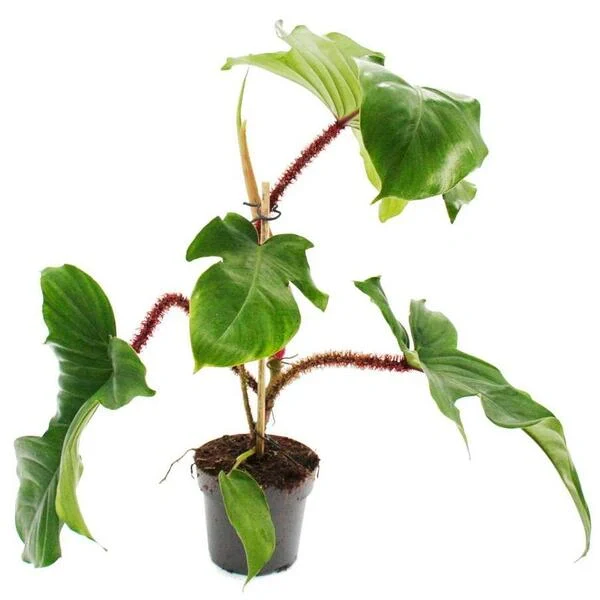
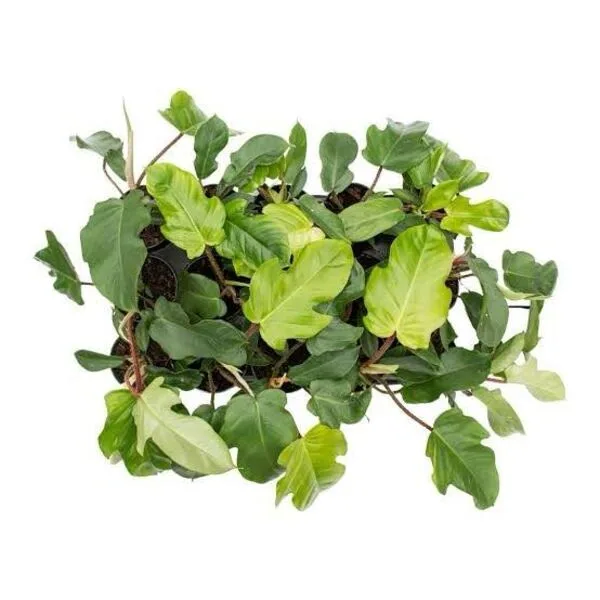
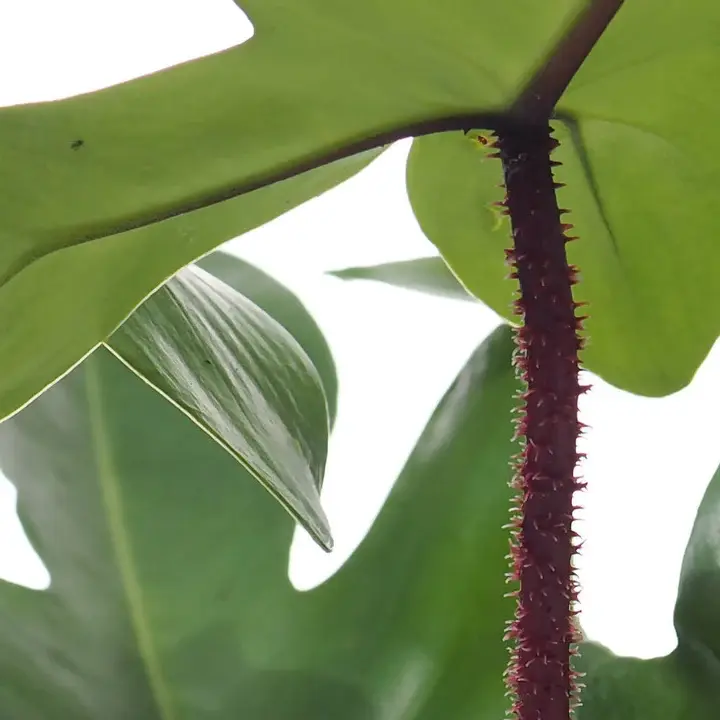
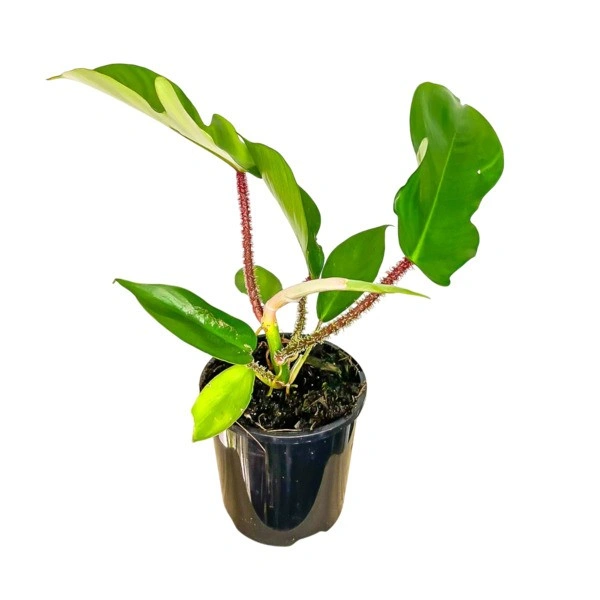
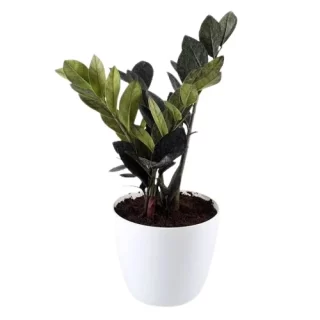
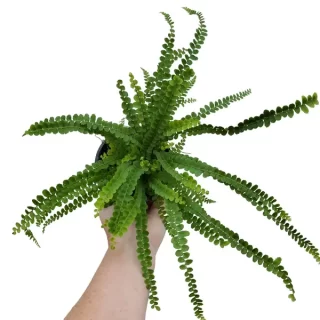
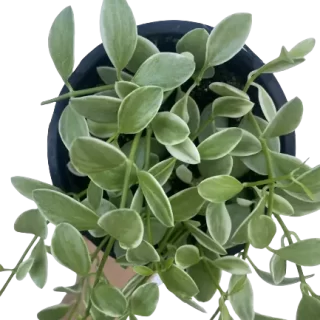
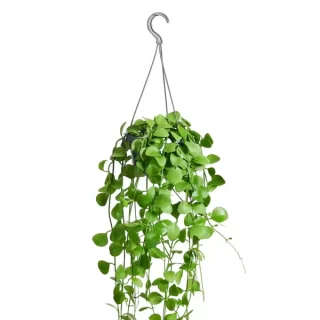
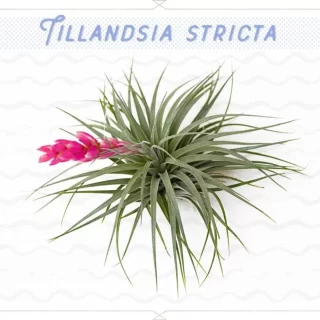
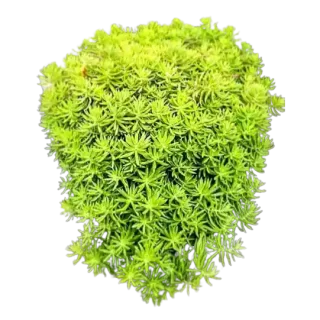

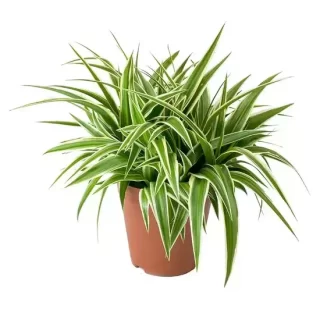
 If you need any assistance, I'm always here. Have you found what you were looking for?
If you need any assistance, I'm always here. Have you found what you were looking for?
Reviews
There are no reviews yet.